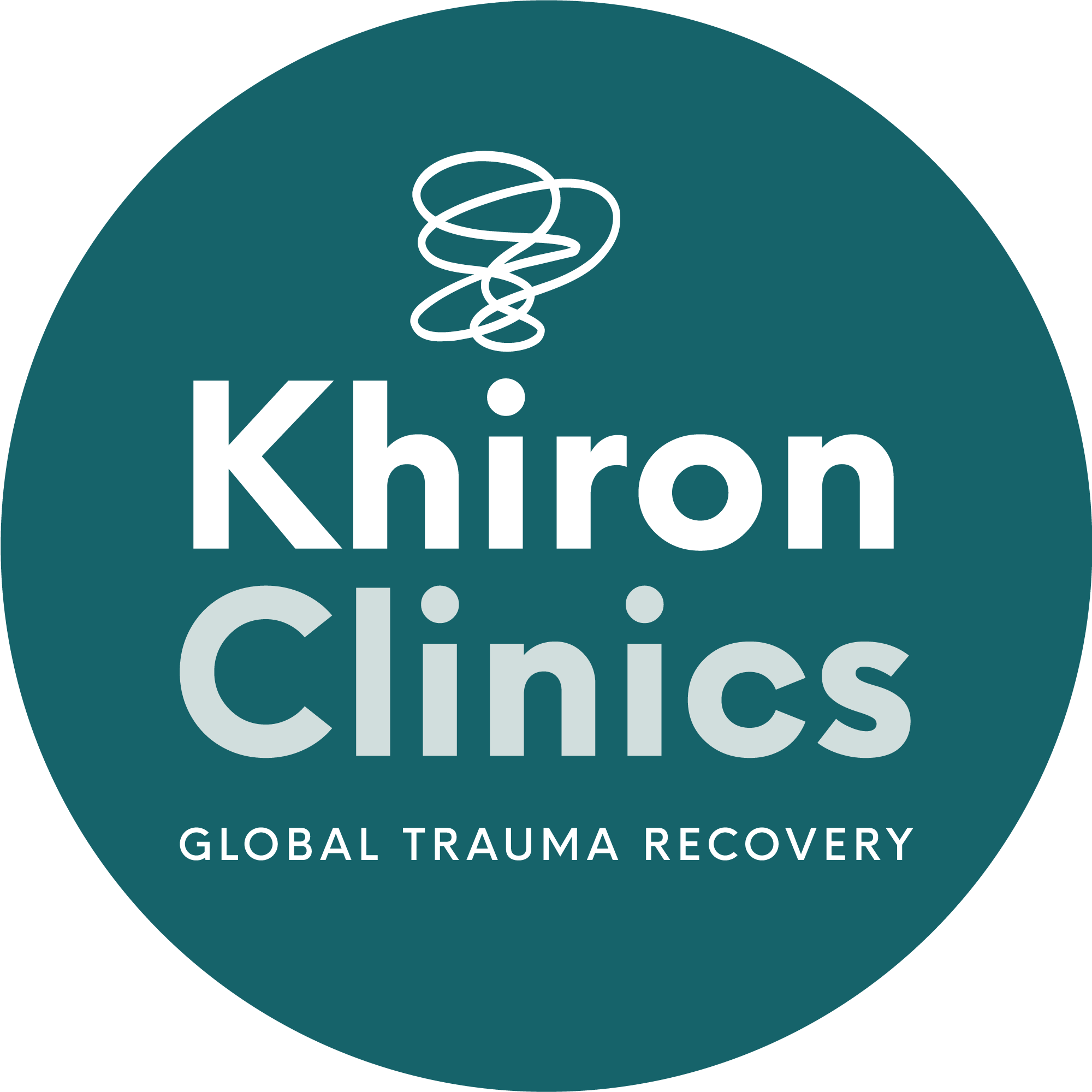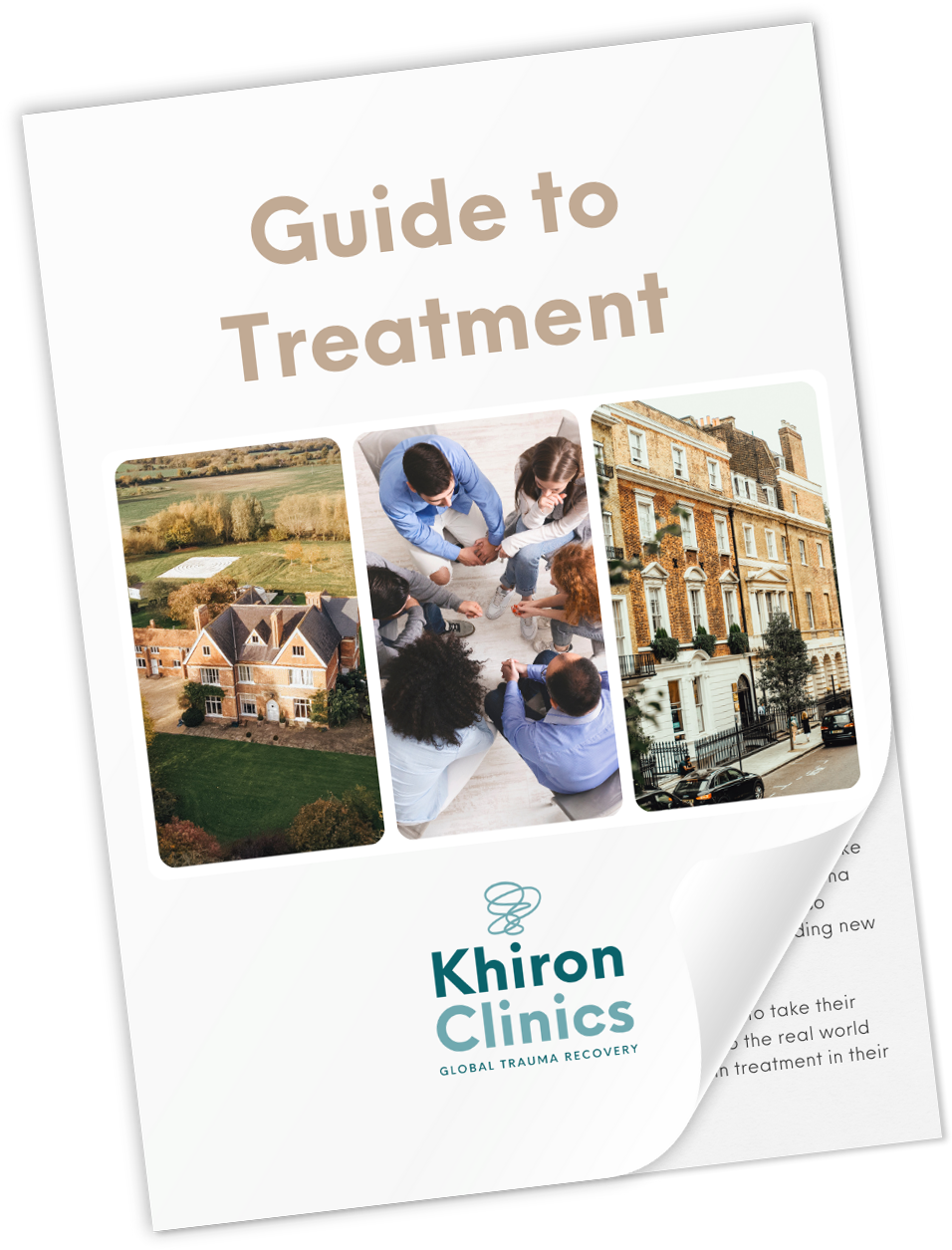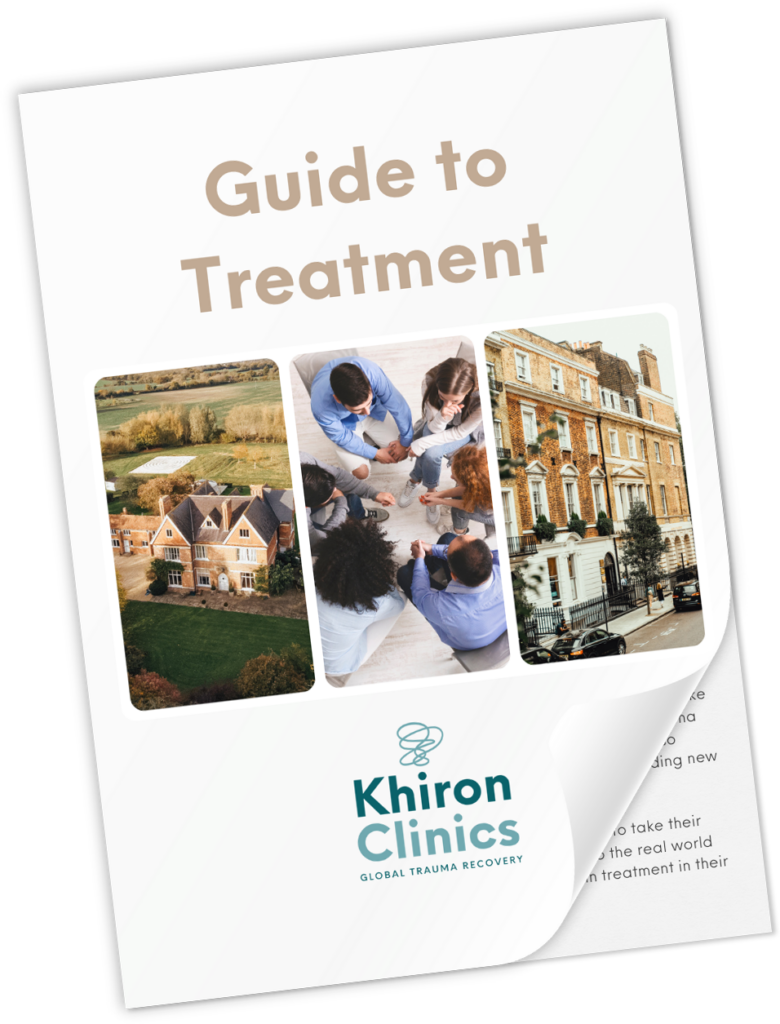Our social relationships play a huge role in our mental health, physical health, and mortality risk. As human beings, we have evolved to thrive in groups.
Numerous studies have demonstrated that our social relationships have short-term and long-term health effects. These effects initiate in childhood and create the positive or negative interactions and relationships we have throughout life.[1]
The group offers safety and protection from threats, whether it be the predators that our ancient ancestors faced or the varying adversities of our modern-day lives. We learn, grow, work, and contribute to our communities. And in turn, the communities and wider society that we are a part of shape our personalities and identities.
What are Social Relationships?
We have a wide-ranging terminology for the varying types of relationships we create and join during our lifetimes. Each of these relationships affects health, overall well-being, and our perception of the world around us. The key types are as follows: [2]
- Social isolation – refers to the absence of relationships. Research shows that social isolation has detrimental effects on mental health and can carry a similar level of risk for mortality as smoking, obesity, and high blood pressure.
- Social integration – refers to the overall level of involvement with a variety of social relationships such as having a spouse or being part of a religious institution, a sports club, or volunteering activities. These relationships improve the ability to interact on a wide level and give a person a sense of purpose.
- Quality of relationships – refers to the emotional aspect of relationships, whether positive or negative, e.g. emotional support provided by loved ones or strained relationships with co-workers. Having a high level of quality relationships has been proven to reduce stress and increase confidence and self-esteem.
- Social networks – refers to the interplay of an individual’s relationships. The type, variety, quality, and strength of each relationship combine to form a positive or negative relationship web.
Social Development During Childhood
Social interactions are one of the earliest developmental stages of a child. A baby will develop an attachment bond with its primary caregiver. Trauma specialist Benjamin Fry states, “A child’s physical, emotional, psychological, and cognitive development is greatly influenced by the quality of this relationship, as are all future relationships in the child’s life.” [3] The attachment type that is created acts to regulate the baby’s nervous systems. Threat response will be learnt through the relationship with their caregiver. The quality of this relationship affects the child’s ability to self-regulate their nervous system in response to threat.
A 20-year longitudinal study demonstrated that Kindergarten children who displayed a propensity to positive socialising and sharing were more likely to become healthier, well-balanced, driven adults.[4] The children who lacked social skills or tended towards isolation were found to be more likely to develop negative behaviours such as substance abuse.
Relationships and Threat
Through our understanding of our evolution as social creatures and our knowledge of the autonomic nervous system, it is evidenced that a positive connection with others enforces a calm behavioural state. Dr Stephen Porges, author of The Polyvagal Theory[5], proposes that social engagement enhances our sense of safety, causing physiological changes within the body, including reduced heart rate, steadier breathing, relaxed digestion, and a reduction in stress hormones.
The Vagus Nerve is the longest cranial nerve within the body and is central to Dr Porges’ theory. The nerve connects to many different areas of the body and carries messages quickly from the brain to the lungs, heart, and intestines, as well as regulating facial muscles and skin sensations.
Dr Porges’ theory explains how the Vagus Nerve is a key component in our response to threat as it is involved in the stimulation of our fight, flight, freeze response. The fight, flight, freeze response is an automatic survival response to threat, perception of threat, and how we react to stress and recover from stress.
The way we perceive and react to threats is automatic and subconscious; however, we can recognise our triggers and seek out conditions that foster calm and enable personal growth. In social conditions where we feel safe, confident, and comfortable, our stress response is deactivated, encouraging our heart rate, and breathing to slow down. By surrounding ourselves with positive connections, we can encourage this sense of calm to radiate out in all areas of our lives, whether at home, in social groups, or at work.
If you have a client, or know of someone who is struggling to heal from psychological trauma, reach out to us at Khiron Clinics. We believe that we can improve therapeutic outcomes and avoid misdiagnosis by providing an effective residential program and out-patient therapies addressing underlying psychological trauma. Allow us to help you find the path to realistic, long-lasting recovery. For information, call us today. UK: 020 3811 2575 (24 hours). USA: (866) 801 6184 (24 hours).
[1] Umberson, Debra, and Jennifer Karas Montez. “Social Relationships And Health: A Flashpoint For Health Policy”. Journal Of Health And Social Behavior, vol 51, no. 1_suppl, 2010, pp. S54-S66. SAGE Publications, doi:10.1177/0022146510383501. Accessed 25 May 2021.
[2] Umberson, Debra, and Jennifer Karas Montez. “Social Relationships And Health: A Flashpoint For Health Policy”. Journal Of Health And Social Behavior, vol 51, no. 1_suppl, 2010, pp. S54-S66. SAGE Publications, doi:10.1177/0022146510383501. Accessed 25 May 2021.
[3] Fry, Benjamin. “Attachment Theory”. Benjamin Fry, 2019, https://www.benjaminfry.co.uk/post/24-attachment/.
[4] Jones, Damon E. et al. “Early Social-Emotional Functioning And Public Health: The Relationship Between Kindergarten Social Competence And Future Wellness”. American Journal Of Public Health, vol 105, no. 11, 2015, pp. 2283-2290. American Public Health Association, doi:10.2105/ajph.2015.302630. Accessed 25 May 2021.
[5] Porges, Stephen W. “The Polyvagal Theory: New Insights Into Adaptive Reactions Of The Autonomic Nervous System”. Cleveland Clinic Journal Of Medicine, vol 76, no. 4 suppl 2, 2009, pp. S86-S90. Cleveland Clinic Journal Of Medicine, doi:10.3949/ccjm.76.s2.17. Accessed 26 May 2021.



